By Jamie Kloss, DPT
ApexNetwork Physical Therapy
Physical therapist frequently treat patient’s with shoulder pain, injuries, and/or post-surgical. The shoulder joint is the most unstable joint in the human body; therefore, predisposing it to cause pain or problems for the active individual. Some common issues that can occur in the shoulder joint include subacromial impingement, anterior instability, or thoracic outlet compression. These issues can, in turn, cause other muscular or ligamentous injuries.
Subacromial impingement is where there is reduced space through the subacromial arch which can impinge on the structures that run through this area (supraspinatus tendon, biceps tendon, bursa). There are several reasons as to what could be causing this impingement and these include excessive anterior tipping of scapula, excessive thoracic kyphosis, poor posture, tight anterior soft tissues, weak rotator cuff, or poor upward rotation of scapula with shoulder elevation. Assessing these areas can help to diagnose subacromial impingement but also know the areas to target for a treatment plan.
Anterior instability is another diagnosis that is common among the shoulder joint. In these cases, the patient typically has pain about their shoulder and apprehension when moving shoulders into certain directions. Some areas and considerations the therapist should address include: rotator cuff strengthening because infraspinatus and teres minor are typically weak in these cases, checking for a tight posterior capsule and then performing exercises/stretches to stretch, and also educating the patient to avoid positions of arthrokinematic danger (abduction with external rotation).
A third diagnosis that can occur about the shoulder joint is thoracic outlet compression syndrome. This diagnosis is not as common among the three mentioned; however, it is a very frustrating and long rehabilitation process for the patient. With this diagnosis, the neurovascular bundle is disrupted somewhere along its path. Causes for this diagnosis include postural deficits, tight pec minor, tight scalenes, and/or elevated first rib. Addressing these areas will be the treatment for these patients.
There are multiple other diagnosis and problems that can occur about the shoulder. Therapists need to be educated in knowing the signs and symptoms, diagnostic methods, causes, and treatment ideas for all diagnosis to be successful in rehabilitating the patient.



